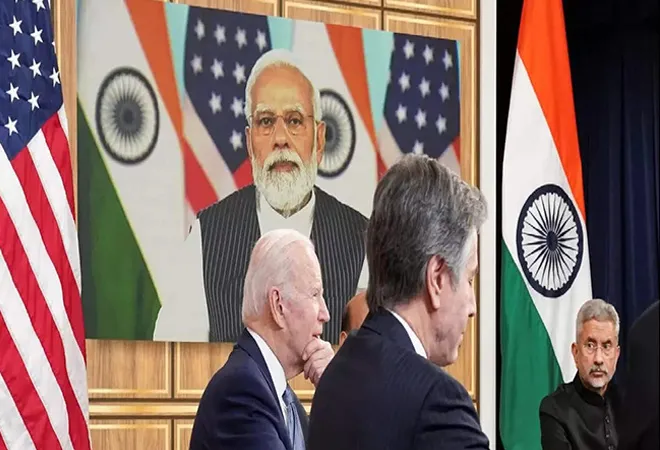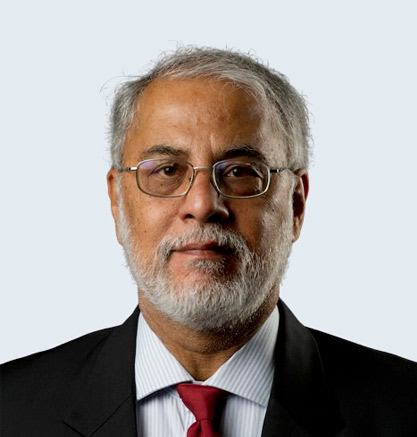-
CENTRES
Progammes & Centres
Location
The India-U.S. initiative on critical and emerging technologies could have a transformative impact on bilateral relations

While the Soviet Union emerged as a major player in areas like steel, heavy electricals, petroleum and mining, the U.S. focused on modernising engineering and management education, science and technology (S&T), and agriculture.On the eve of the dialogue, National Security Adviser Ajit Doval said that the big need was to convert intentions and ideas into deliverables. This is where there has usually been a slip.
After the Soviet collapse, the U.S. pushed for the unconditional extension of the non-proliferation treaty and began to arm-twist countries to sign a Comprehensive Nuclear Test Ban Treaty.There was a brief respite when, following the Soviet invasion of Afghanistan, the Gandhi-Reagan Science and Technology Initiative led to the 1984 India-U.S. MoU on sensitive technologies, commodities and information. This was the outcome of a new American willingness to promote Indian S&T and the arms industry. In 1987, the U.S. agreed to assist India’s Light Combat Aircraft (Tejas) programme and allowed the sale of front line GE 404 engine to India. However, broader cooperation stalled because the U.S. was unwilling to let go of its non-proliferation agenda. After the Soviet collapse, the U.S. pushed for the unconditional extension of the non-proliferation treaty and began to arm-twist countries to sign a Comprehensive Nuclear Test Ban Treaty. At this stage, India realised that there was no option but to come out as a declared nuclear weapons power. There was another round of sanctions after the 1998 nuclear tests, but by this time the U.S. had begun to get a measure of the challenge it was facing from China. It now decided to play the India card, but to do this, there was need to spit out the nuclear proliferation pill stuck in our joint throats. This is what was done with the India-U.S. nuclear deal of 2008, which is the basis of our current engagement with the U.S. But despite India’s growing proximity to the U.S. since then, there has not been significant movement in actual deliverables by way of technology development and co-production. The much-touted Defence Technology and Trade Initiative has little to show for it. India has steadily advanced in status as a friend of the U.S. and has purchased U.S. weapons and systems worth billions of dollars. It is now deemed to be a Major Defence Partner, though not a Major Non-Nato Ally, a much more useful designation that Pakistan still retains. The course has not been problem-free — witness the pressure India faced under CAATSA and on account of its oil trade with Russia.
India has steadily advanced in status as a friend of the U.S. and has purchased U.S. weapons and systems worth billions of dollars.
The views expressed above belong to the author(s). ORF research and analyses now available on Telegram! Click here to access our curated content — blogs, longforms and interviews.

Manoj Joshi is a Distinguished Fellow at the ORF. He has been a journalist specialising on national and international politics and is a commentator and ...
Read More +